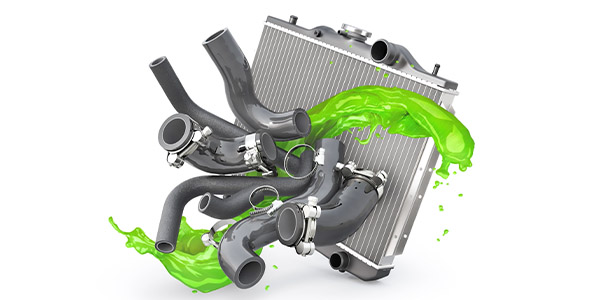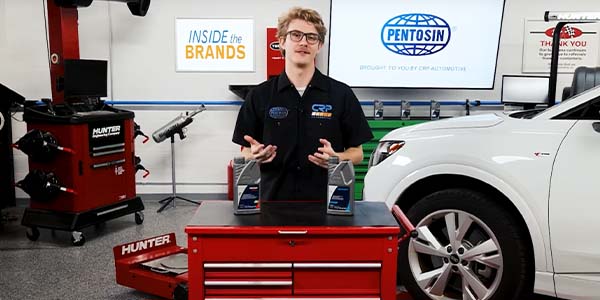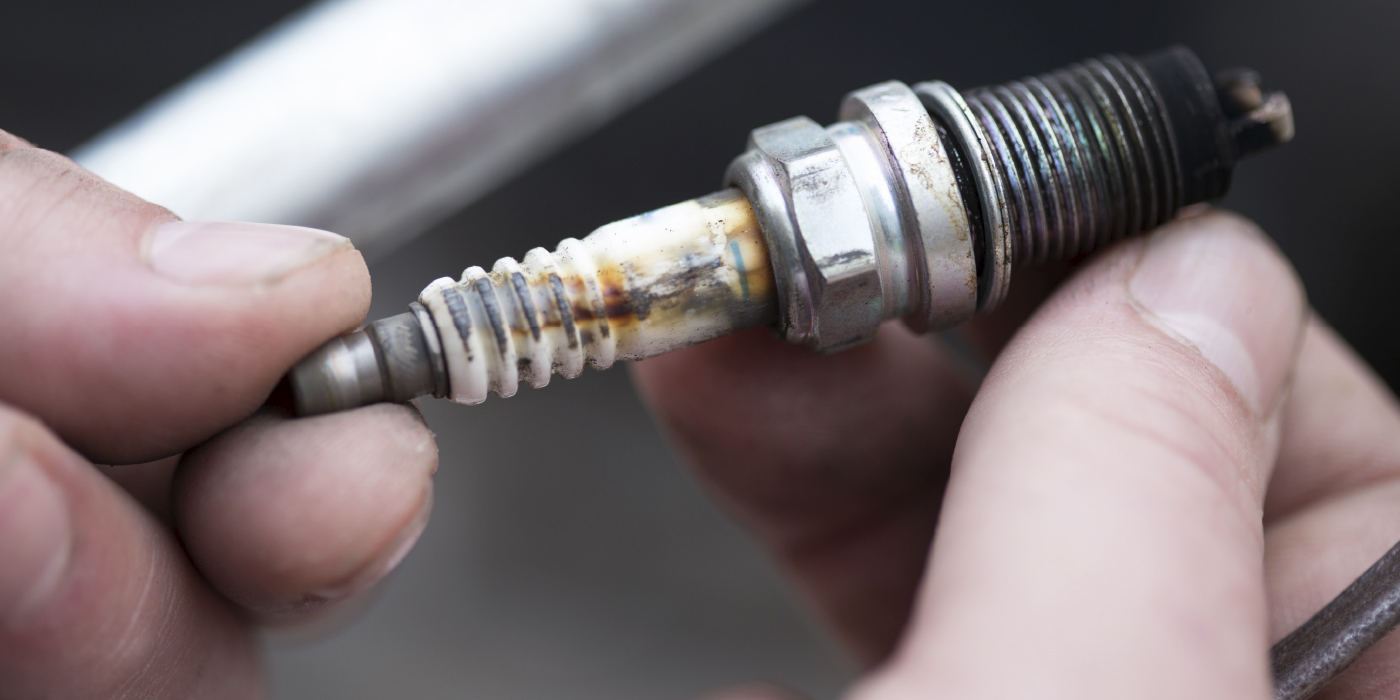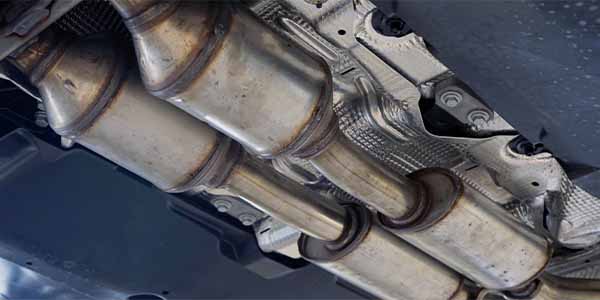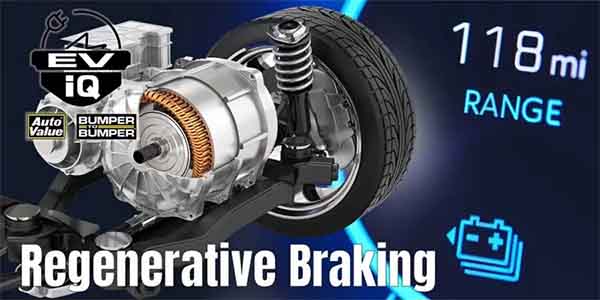CC:
Replacing a set of spark plugs might seem like an easy job. It’s easy to think, “I’ll knock this out, make some time on it, and move on to the next thing.” But that’s not the best way to approach it. There are some very important steps to take when replacing spark plugs, and if you’re set in your routine, it will only cost you a few extra minutes. You’ll still make time on the job, and the quality of your work will be second to none.
To start with, if the vehicle has plug wires, always use a spark plug boot puller to remove them. They can be stuck and you often have to gently work the boot back and forth until it releases its grip on the plug. Don’t use any sharp tools or picks, and don’t just pull on the wire, because you risk tearing the boot or pulling the wire out of its end terminal.
Plug wire boots have two jobs. One, to insulate and prevent secondary voltage from finding an alternate path to ground, and two, to keep moisture from getting in and corroding the connection between the plug and the wire. A torn boot opens the door to both.
Before just zipping the plugs out, use compressed air to blow any dirt away that is collected around the spark plugs. Then crack them loose and back them out a half turn, and then give them another quick shot of air. Sometimes there’s dirt or debris that’s wedged in place and doesn’t let go until you loosen the plug. And don’t forget to wear your safety glasses.
Here’s a pro tip. Always inspect the plugs as you remove them. Even though we don’t read plugs like we used to, when you pay attention to this detail, you get used to what they normally look like. And if there’s one that’s considerably different from the others, it’s a good idea to note it down in the service history. It could be the early indicator of a problem and could aid in diagnostics down the road.
Next, you should clean the spark plug threads in the cylinder head. Think about how often it takes effort to remove the plugs. This is because the threads are dirty. Take a spark plug thread chaser, put a small dab of grease in one of the flutes, and slowly run it into the threads. As the chaser pushes the dirt out of the threads, the grease will pick it up and prevent it from falling into the cylinder. Clean the thread chaser and use new grease between the flutes, and run the cleaned thread chaser through to pick up any residual grease.
Now you’re ready for the new plugs. Whatever you do, don’t drop them. Even if they’re still in the box, it can cause internal cracks you can’t see, and it opens the door for a comeback. If you drop one, it should be replaced.
Check the gap on the plugs before you install them. If it’s an iridium or platinum plug, be extra careful with the process. The recommended gauge is a wire type, and you don’t want to damage the precious metal on the tip.
Now you’re ready to install the plugs. Always use a torque wrench and the manufacturer’s specification. Always. Finish the job with a little bit of dielectric grease inside this spark plug boot, and you can put the stamp of quality on the entire job. Thanks for watching. We’ll see you next time.
This video is sponsored by Autolite.







